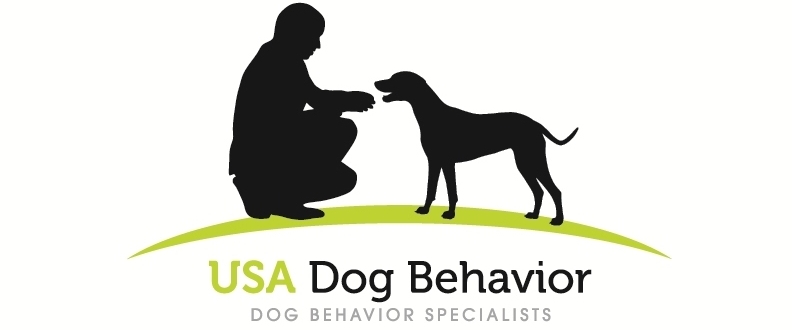How COVID-19 Impacts Your Dog
©Scott Sheaffer, CDBC, CBCC-KA, CPDT-KA, USA Dog Behavior, LLC
We’re all hunkered down in our homes worried about how COVID-19 is going to impact our health and those around us. Many of us also worry about our jobs and the economy. But how about our dogs? How is all of this affecting them?
How COVID-19 Affects Your Dog’s Behavior
Your dog undoubtedly loves having you home almost 24/7 during this crisis. However, there’s going to be a time when you return to work. To help ease your dog’s transition back to you being gone most of the day, provide them time away from you while you are sequestered at home. One way to do this would be to put them in their crate a few hours each day so when you return to your regular work hours there won’t be such a significant change in their daily routine.
Your dog is unlikely to develop separation anxiety when you go back to work, but there is a chance they will be stressed for at least a period of time once your return. Continuing to give your dog time away from you will reduce the impact and decrease the stress once you eventually return to your job.Your dog doesn’t understand “social distancing”. All they know is that you used to walk up to people on the street and now you stay six feet away. This distance to a friendly dog is like requiring a starving person to stay six feet away from a Thanksgiving turkey. Providing your dog much more distance beyond six feet will reduce the confusion your dog feels when they are not allowed to interact with the person. A good distance is one where your dog doesn’t show much interest or arousal at the person passing by.
Those masks that some people are wearing are really scary to some dogs. Don’t assume your dog is going to be comfortable with Uncle Fred, whom they love and adore, if he is wearing a mask. Give your dog some time and distance to figure out what masks are all about.
Transmission of COVID-19 Between Dogs and Humans
COVID-19 does not appear to be easily transmitted between humans and dogs according to the CDC and AVMA (American Veterinary Medical Association). If anything, it is much more likely that humans give it to dogs but not the other way around. In an abundance of caution, some people with COVID-19 are removing their dogs from their home temporarily.
Although extremely rare, dogs can get COVID-19. Two dogs have tested positive for COVID-19 in Hong Kong and it is likely they got it from humans.
Meeting Your Dog’s Veterinary and Grooming Needs During This Time
Many veterinary practices are either closed or taking only critically ill dogs. Some practices require dog owners to drop off and pick up their dog in the parking lot to avoid interaction with humans. Most emergency clinics are still operating.
Some practices are using phones and online services like Zoom to provide telemedicine services. In many cases this can work well.
Now is not the best time to take your dog in for routine medical checkups, nor is it the best time to get your dog groomed.
Backup Care for Your Dog if You Can’t Provide It
Dog owners should always have someone or someplace (e.g., boarding facility) ready to take their dog in the event they can’t provide care for their dog. This is especially true now.
Ensure that you have access to your dog’s current veterinary records in order to provide these to a boarding facility (most require current medical records) if you find yourself unexpectedly needing to board your dog.
If you are having trouble affording veterinary care for your dog, please see this information from the Humane Society for ideas and resources.
Mental and Physical Exercise for Your Dog
One of the best physical and mental exercises for your dog (and you too) during the corona virus pandemic is a leash walk.
If you can’t take your dog for a walk, ensure you provide some other kind of fun for your dog to keep them mentally and physically stimulated. Examples of non-walk activities for your dog include: playing hide-and-seek, spreading kibble out around the house for a hunting experience, blowing bubbles and watching them try to capture them, walking with them up and down stairs in or just outside your home, reviewing the cues they already know and teaching them some new ones.
Break out some of those old dog toys your dog has forgotten about and reengage them. Puzzle toys smeared with peanut butter can be a great way to reawaken their interest in these toys. Or, you can order a new dog toy online.
Just as things are very different for you right now, they are also different for your dog. Consider the points listed above when caring for your dog during these times.

